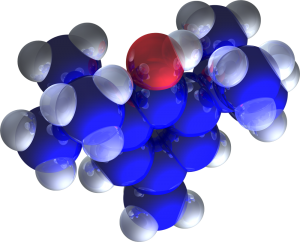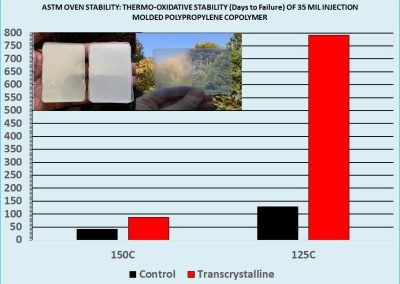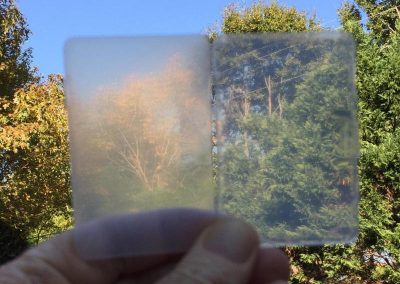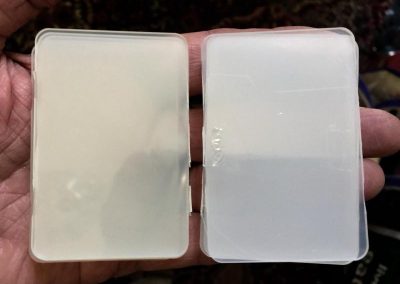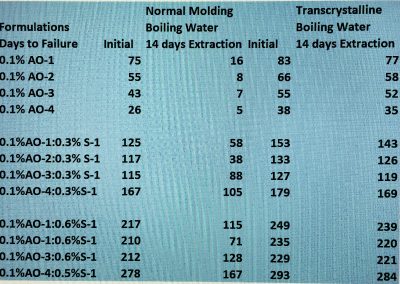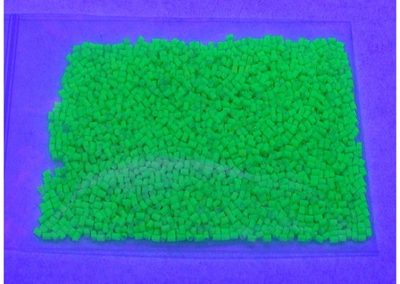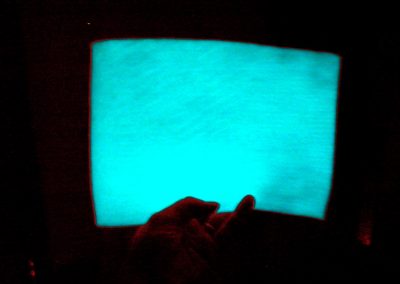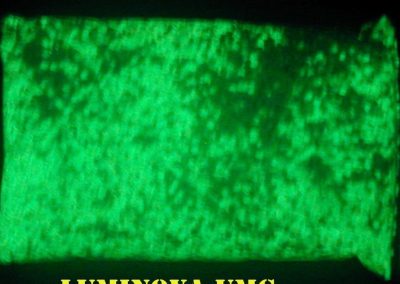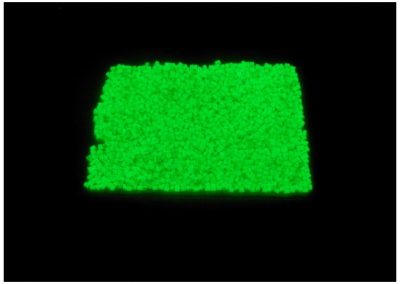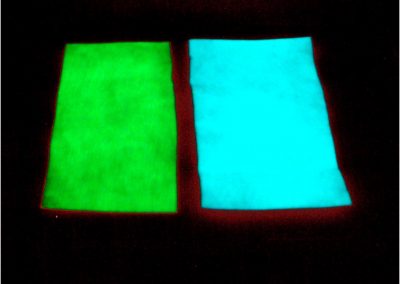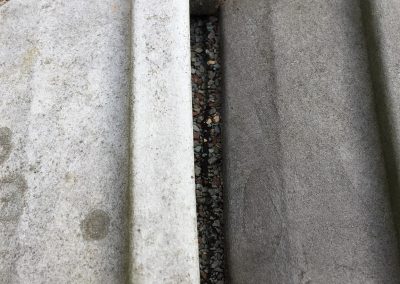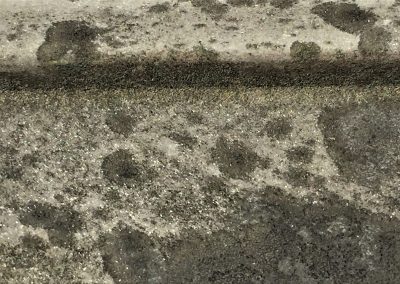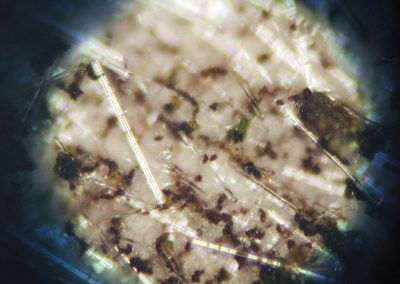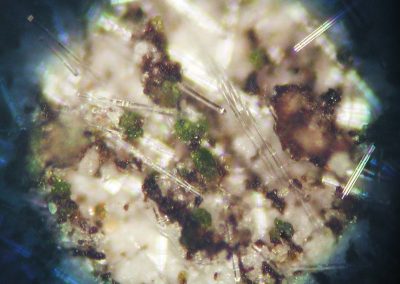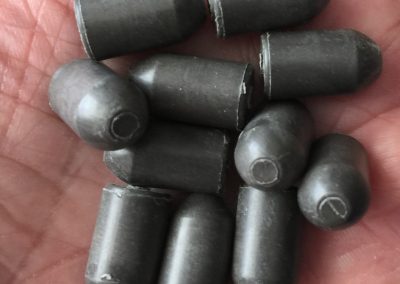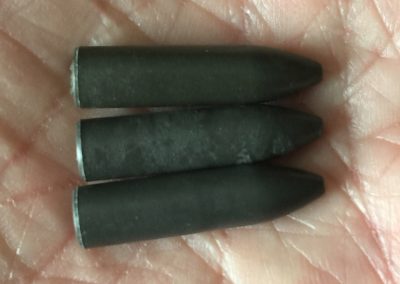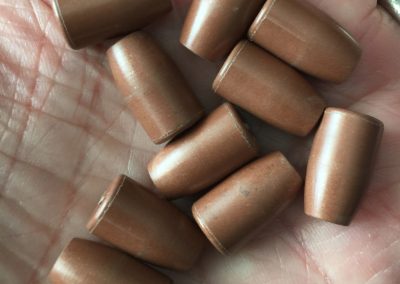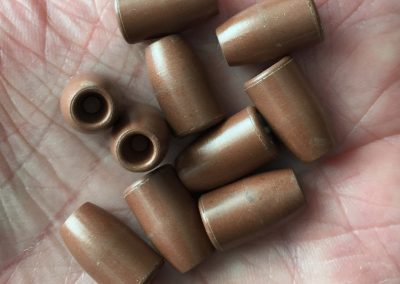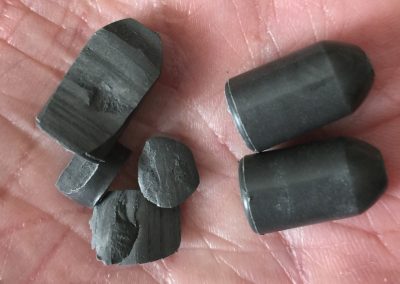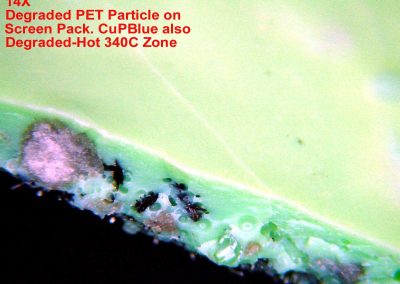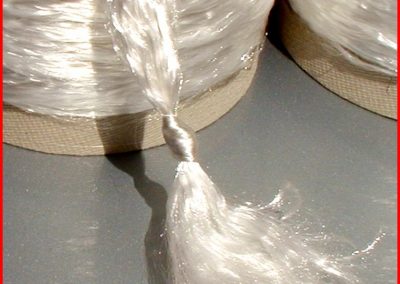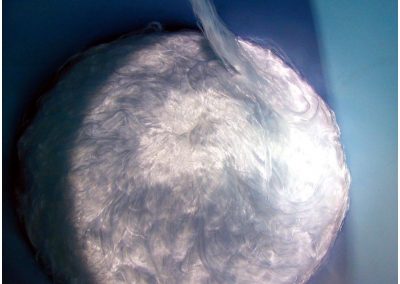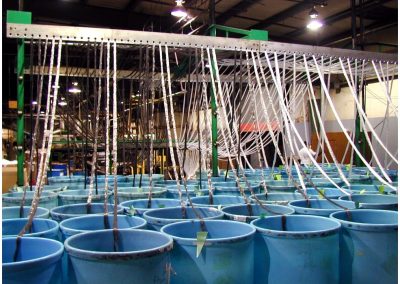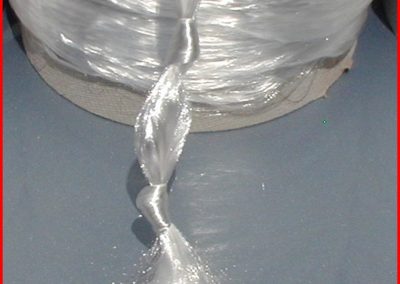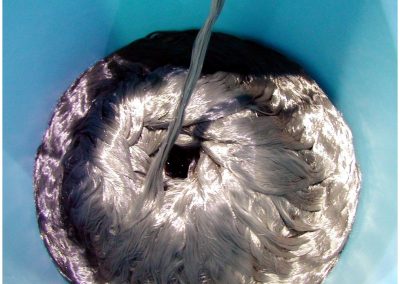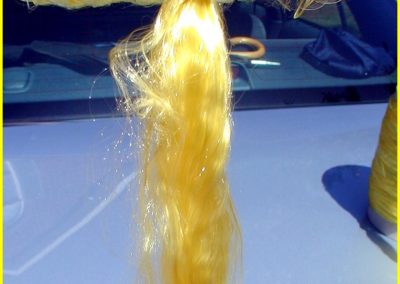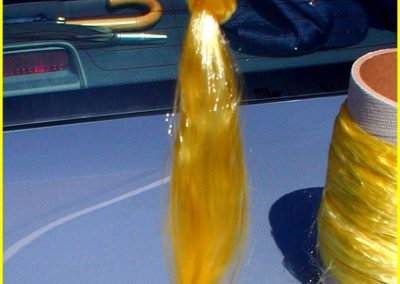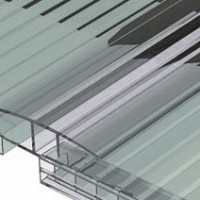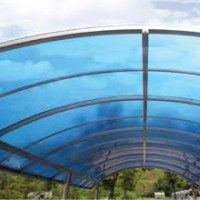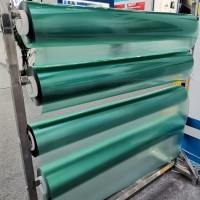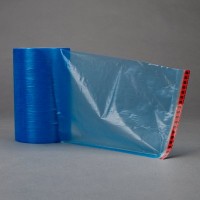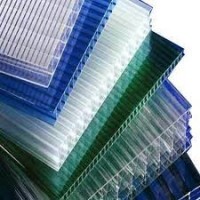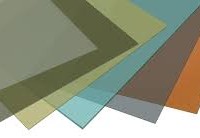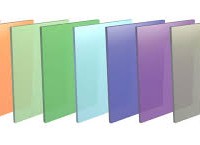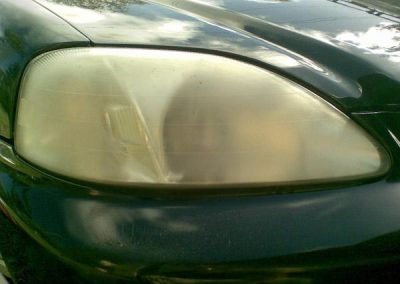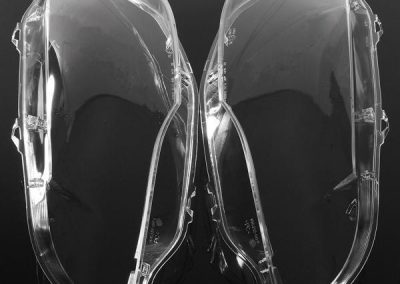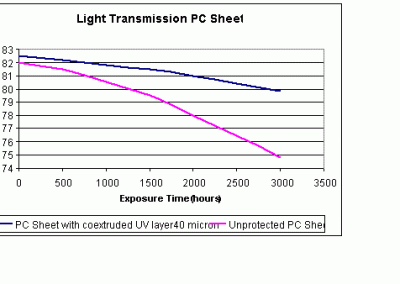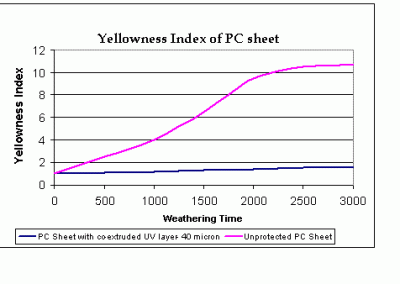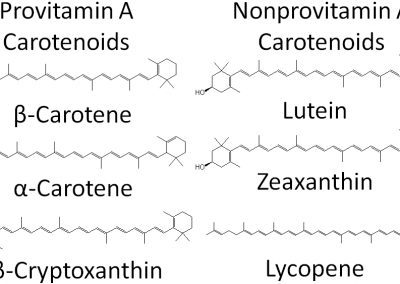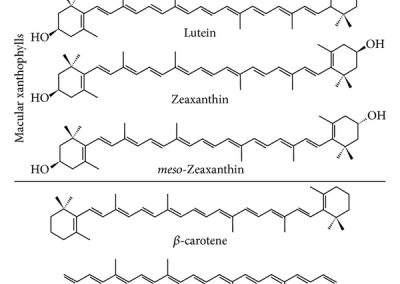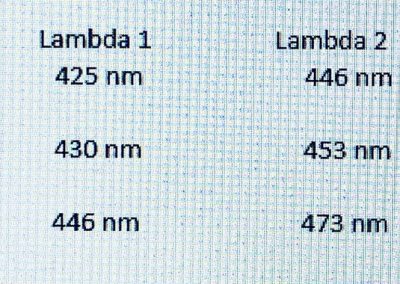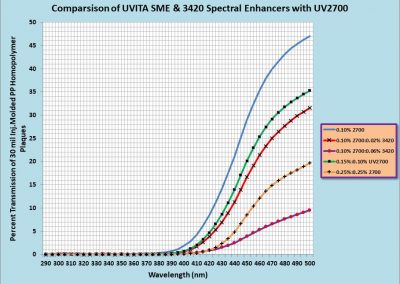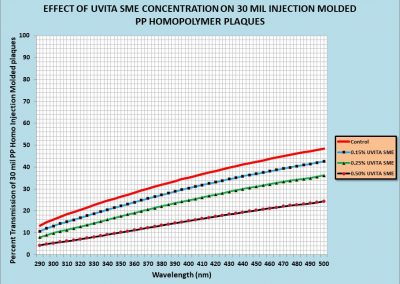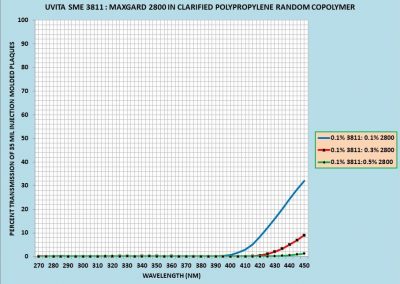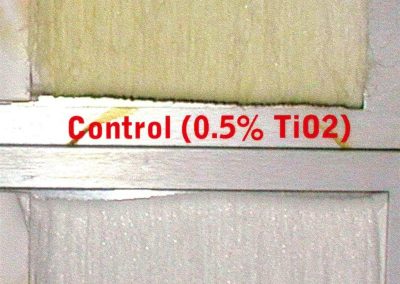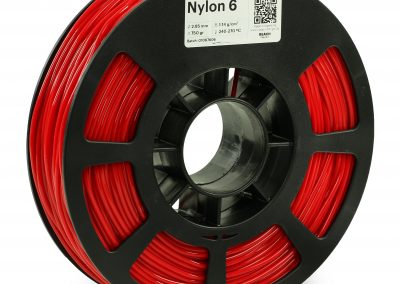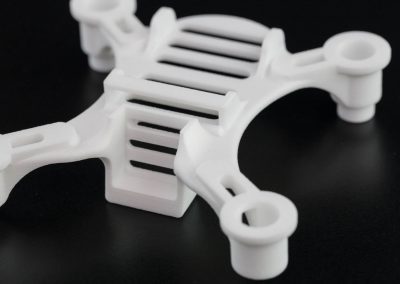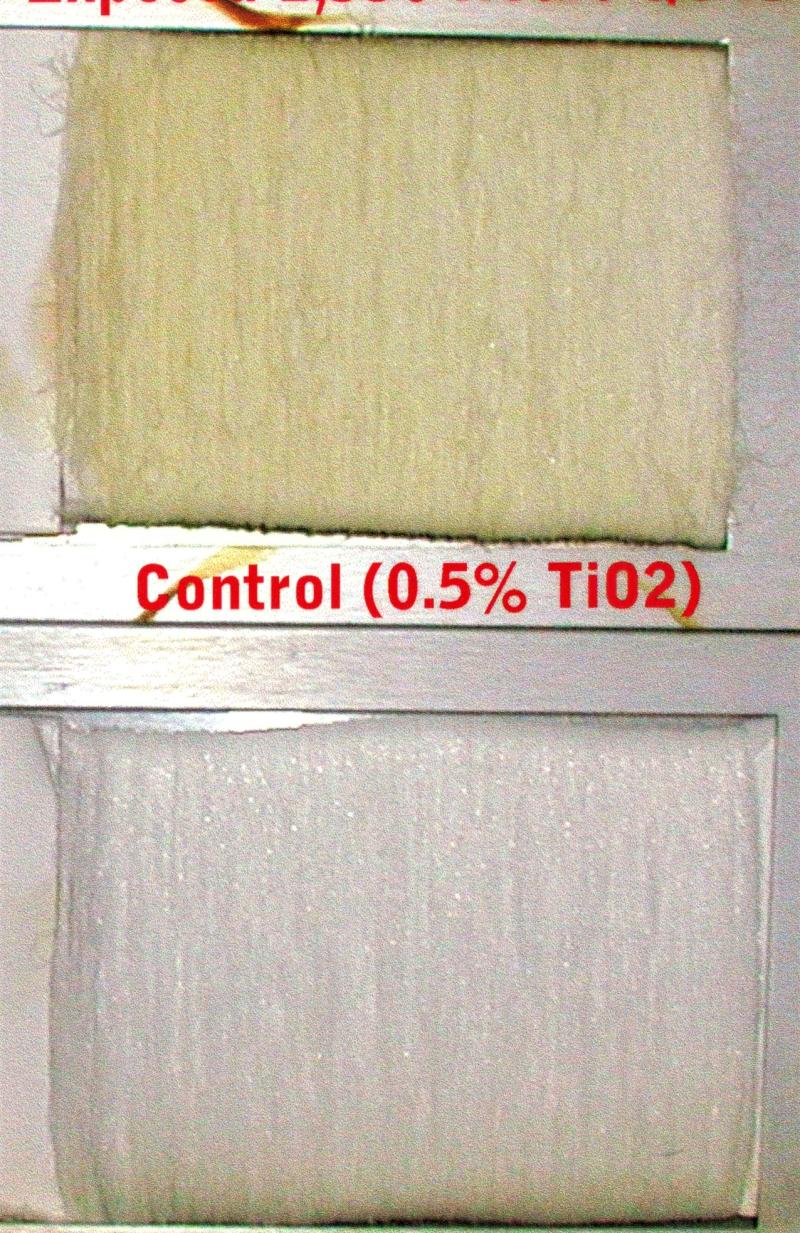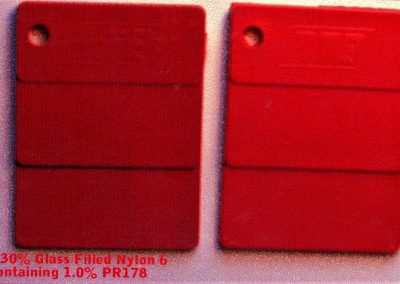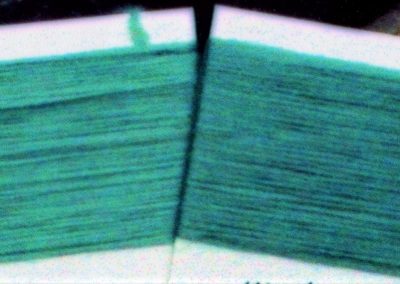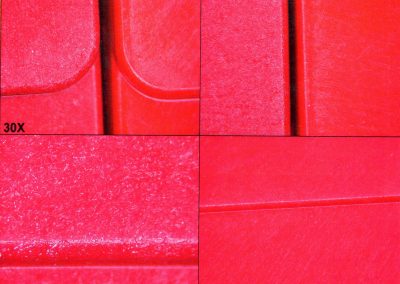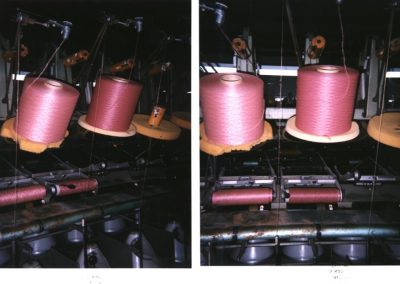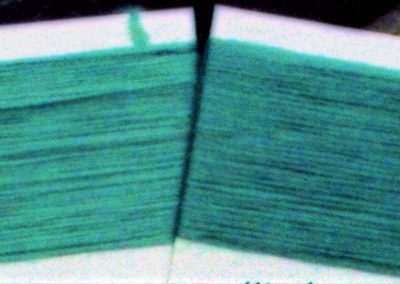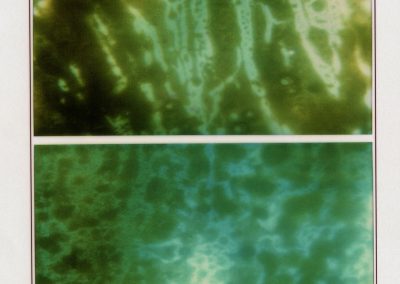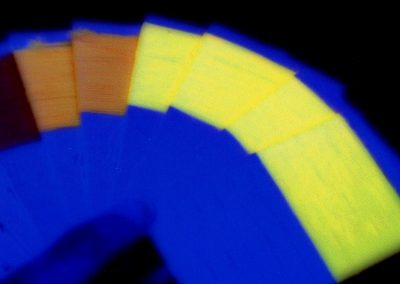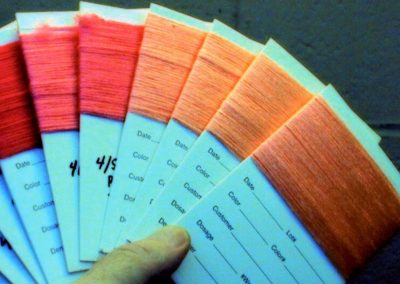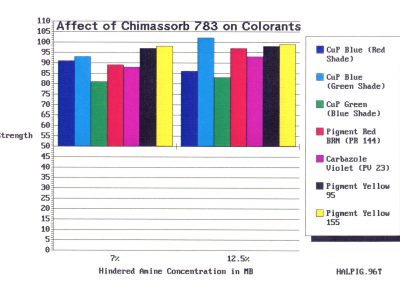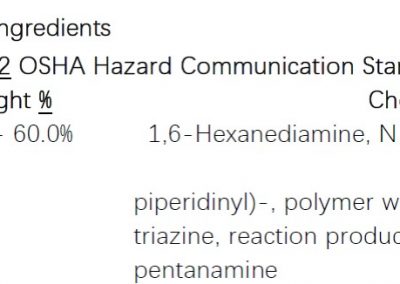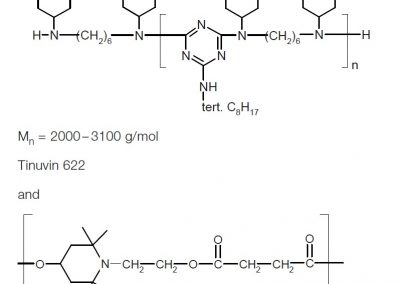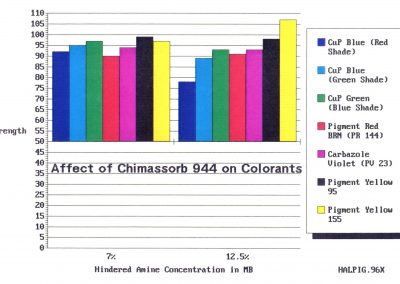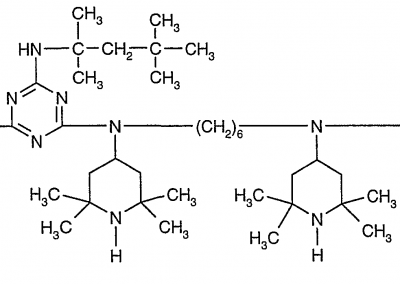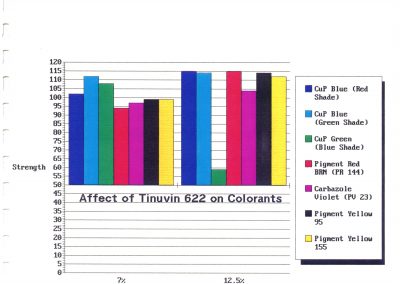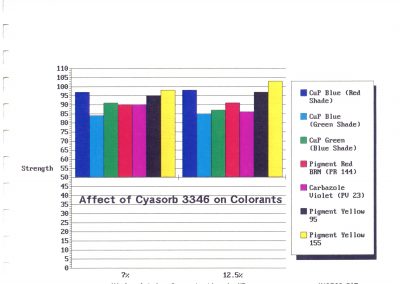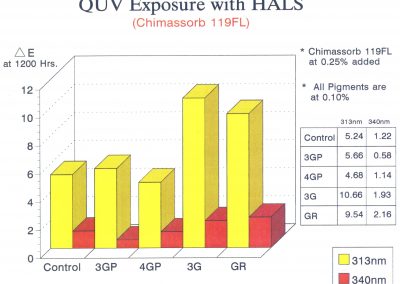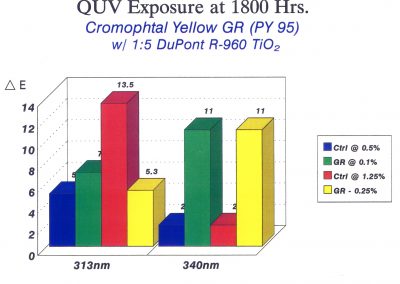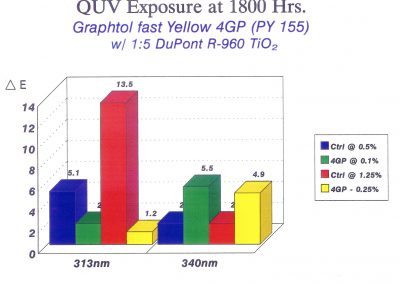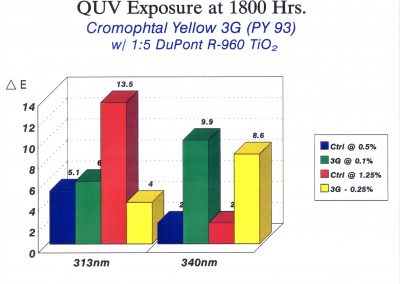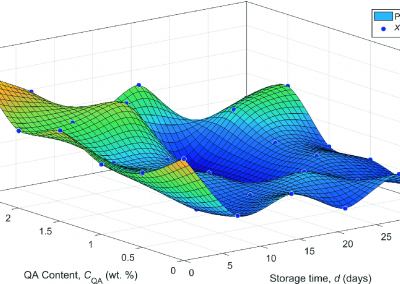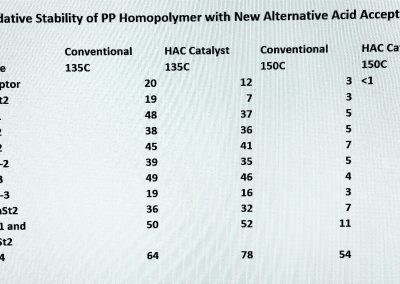Stabilization Technologies™ prides itself on being in the forefront when it comes to new safety regulations. We have proactively developed a range of techniques to identify and quantify all kinds of additive including EPA, FDA, REACH and TOSCA listed compounds. We have the means to detect every imaginable compound from pesticides, insecticides, dyes and brominated flame retardants to heavy metals like lead and cadmium or transition metals like hexavalent chromium. For example, we have just added CONEG capability meaning that we can analyze for lead (Pb), cadmium (Cd), Mercury (Hg) and hexavalent chromium (Cr) all detected at the newly specified 100 ppm level (as opposed to the old 300ppm level).
Control of Trans-crystallinity insures high contact and see-through clarity of both non-nucleated and nucleated or clarified grades of polypropylene homo polymer and copolymers. In addition increased thermo-oxidative stability of all conventional and unconventional stabilization systems used globally, increased surface hardness, reduced staining, decrease in oxygen permeability, significant reduction in additive migration, elimination of post yellowing in storage, lower hot water extraction of additives and better utilization of pigments.
The chart above shows the effects of trans-crystallinity on thermo-oxidative stability as measured by oven testing of injection molded plaques at 150C. Initial stability of standard moldings versus trans-induced versus 14 days boiling water extraction followed by oven testing. The differences are due to oxygen permeability reduction of the trans induced samples versus less extraction of additives during boiling water of trans induced polypropylene samples. This technique applies to polyethylene too.
Control of Post Polymerization Second Order Glass Transition Temperature for polypropylene homo polymers, copolymers and in-situ melt blends of homo polymer and polyethylene (LDPE, LLDPE). This technology allows for polypropylene homo polymer to be adjusted from 0-5C Tg to -30C. Applications include 3D printing monofilaments, cold weather construction road blankets that control soil erosion on the side of roads in colder climates. The technology allows for control of glass transition temperatures while increasing impact properties of Izod and Gardner impact.
Another theme is dispersion of hard to disperse phosphorescent and fluorescent pigments in condensation polymers for textiles. With a new dispersion technology that does not adversely affect concensation polymers like thermoplastic polyester (PET) expensive phosphorescent colorants can be dispersed more evenly, alters the transparency of the final textile pigmented fiber thereby increasing phosphorescent output brightness and while lasting longer in the dark. The technology allows for cleaner, high gloss fabrics and stabilizes the polyester during processing thereby controlling IV loss and inhibiting the chemistry of the pigment from chemically reacting with the polyester matrix.
Please note the photos above. The pellets that look dark and bright fluorescence are poorly dispersed while the uniform phosphorescence of the pellets (every pellet is green) is due to the modification articulated in the text narrative above the photos
Enhanced Lifetimes for Glass Filled Pigmented Polyamides Nylon 6 and Nylon 6,6 a New Reality.
The following photos of 35% Glass Filled Nylon 6 and 6,6 exposed outdoors for 25 years on the roof of buildings in Vietnam, Australia, China, india and Florida/Arizona all provided comparable lifetime to failure of the controls in 4 to 6 months. However, those fortified with Alterin M achieved new levels of stability never seen before. No chalking, No pitting, No mold formation on the surface and no loss in physical properties. Photos of controls turning white and contaminated with mold in pitted areas. Glass fibers exposed due to surface deterioration of the polymer matrix. No evidence of surface degradation of fortified samples with Alterin M
Injection molded metal composites with Tungsten, Copper for high density molded parts with little abrasiveness from the surface moldings. New technology allows for high loadings of dense metals to replace more toxic heavy metals while eliminating the need for compression molding and sintering of the final parts. The development and implementation of this new technology is ready for commercial use globally. Photos of injection molded tungsten and copper bullets.
The photo of the 45 calibre tungsten bullet cut in half to show the level of dispersion and compatibilization with the matrix which uses recycled plastics
Elimination of tangled Polyester Tow static with control over relaxation, hand and feel and increased physical properties and reduced polymer soluble dyes for the same shade match accomplished without antistatic agents and implemented during melt extrusion to inhibit crosslinking of thermoplastic polyester during high temperatures and long residence time in the melt pump.
New Permanent Broad UVA Substrate Protection for Pigmented Thermoplastic Polyester and Polycarbonate and Acrylic Canopy Sheet for Outdoor Protective Coverings e.g. automobiles. The new technology is added during melt fabrication to pigmented coverings and provides broad UV protection for the substrate from 200 to 800 nm and in the MIR (mid thermic region of the IR) and in the FIR (far infrared region). The UVA protection is PERMANENT and will not degenerated over time. The polymer matrix can be further fortified to protect the polymer from photo-thermo-degradation with Alterin PC light stabilizers for PET and PC and Acrylics These are non-staining stabbilizes that are selective in their protection based on the activation spectra of the polymer.
New Alterin PC Absorber for Polyester of Carbonic Acid (PC). Automotive lenses are protected from becoming cloudy and are protected from yellowing and photo degradaton and cracking over time. Alterin PC protects transparent PC from yellowing and surface degradation of the lenses that attracts dirt in the surface pores of the lenses and reduces light transmission and further degradation.
Photo Stabilization of packaging against the deterioration of Cartonoid Natural Colorants. By elimination of the transmission of key wavelengths cartonids absorb we reduce or eliminate the photo bleaching of the colorants. UVITA SME 3811 and other hybrids of the Plasmonic chemistry are now utilized in packaging and in pharmaceutical vials for the protection of contents that are photo unstable and need permanent sustainable non-migrating and non-extractive solutions.
New addition: 3D Printing of Nylon 6 Modified to Enhance UV Durability and Eliminate Yellowing of parts. The new technology is integrated into the monofilament during manufacturing. Natural and White Pigmented Nylon 6 will NEVER YELLOW from Outdoor exposure!! Expensive pigments are reduced by up to 30% for the color match. All pigments benefit by enhanced changes in the intrinsic molecular properties of the monofilament. Therefore, pigmented monofilaments also become UV fortified and no shade shifts occur from the pigmented matrix. No changes in Delta b over time!
Pigment Enhancement in all polyamide systems. In this case a photo of PR178 in Glass Filled Nylon 6 after injection molding. This heat stable pigment is expensive and was burnt out after molding. With new modification with Alterin M the step chip retains its original coloration and shade!! The same occurs with complex blended colorants for textiles as seen in these photos of a classical Mauve colored Nylon 6 with and without Alterin M. There was a 40 % reduction in the amount pigment loading to achieve the Mauve blended textile with Alterin M.
With Copper Phthalocyanine Green in Nylon 6 we achieve a 20% increase in coloration. Deeper coloration and higher chroma with only 250 ppm of Alterin M in the final fiber. Therefore, to achieve the same color match as the standard we can reduce the loading by 20% to achieve the same color match! In addition hot melt smears on glass slides of the pellets used to form the pigmented fiber shows greater dispersion of the copper phthalocyanine green pigment as seen in these photos.
Conversion of Quinacridone Pigment to Strong Yellow Fluorescent Textile Fiber Using New Modification Technology. Expensive Yellow Fluorescence in Textiles is difficult to achieve due to high cost and low performance. Instead we have the extraordinary by taking a conventional quinacridone pigment and altering its chemical environment in a polymer matrix thereby allowing a strong yellow fluorescence.
Pigment Interactions with Hindered Amine Light Stabilizers is shown by changes in Delta E and shade variations in polyolefins and condensation polymers. Control of these adverse effects requires understanding of the variables that are largely responsible and the subtle changes that can be made to mediate or eliminate the negative effects.
PHOTOSTABILITY OF COLORANTS IN BOTH POLYOLEFINS AND CONDENSATION POLYMERS REQUIRES A TOTAL SYSTEM APPROACH. QUALITY AND INTRINSIC PHOTO-OXIDATIVE AND THERMAL STABILITY ARE AMONG THE KEY VARIABLES HOWEVER SO IS THE INTERACTION WITH THE POLYMER MATRIX, SOLUBILITY, DISPERSION AND INTERACTION WITH OTHER ADDITIVES AND CATALYST IN THE SYSTEM. TODAY THE CHALLENGE HAS BROADEN INTO THE NEW DOMAIN OF NEW POLYOLEFIN CATALYST INDUCING NEW CHALLENGES ON CRYSTALLINITY AND CONTROL CONTROL ON THESE FORCES USING ANTI-NUCLEATION INHIBITORS.
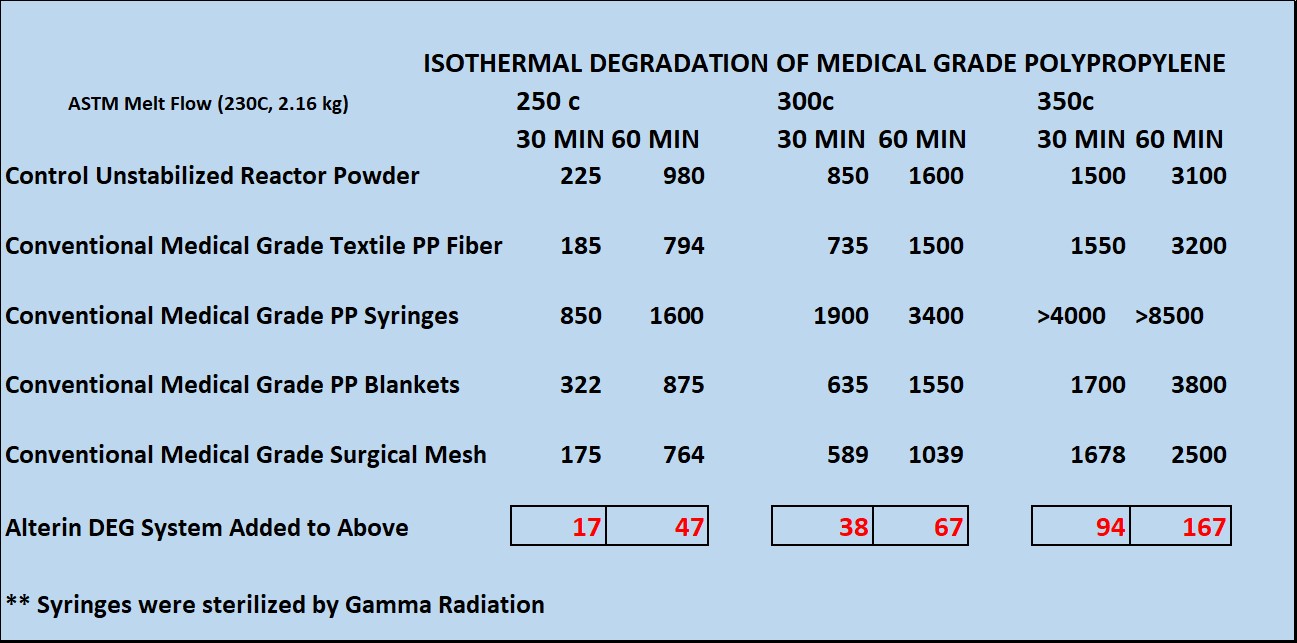
“Alterin DEG Systems for Control of Isothermal Melt Degradation of Medical Grade Polypropylene”
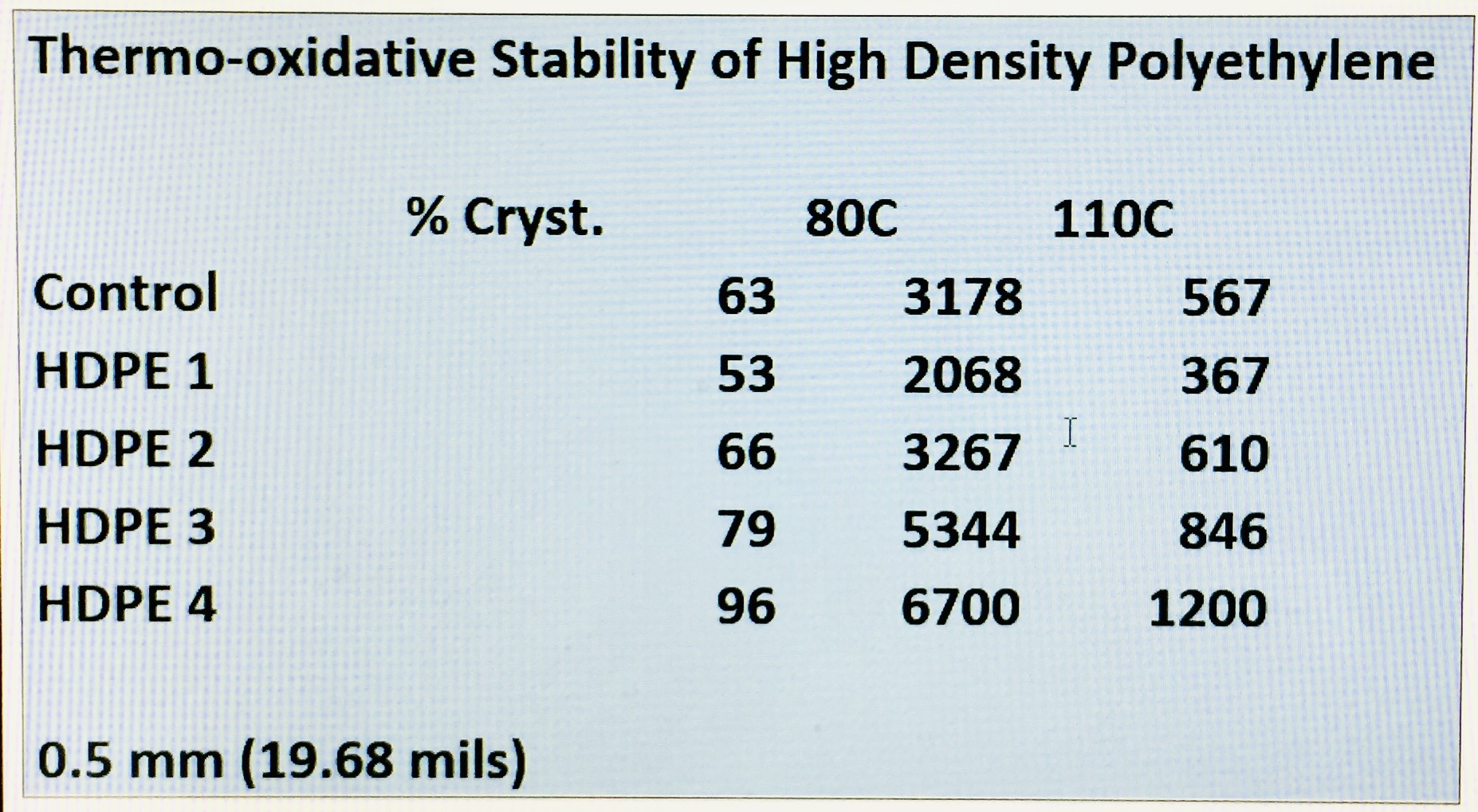
Thermo-oxidative Stability of High Density Polyethylene at Two ASTM Oven Temperatures versus Percent Crystallinity of Molded Samples

